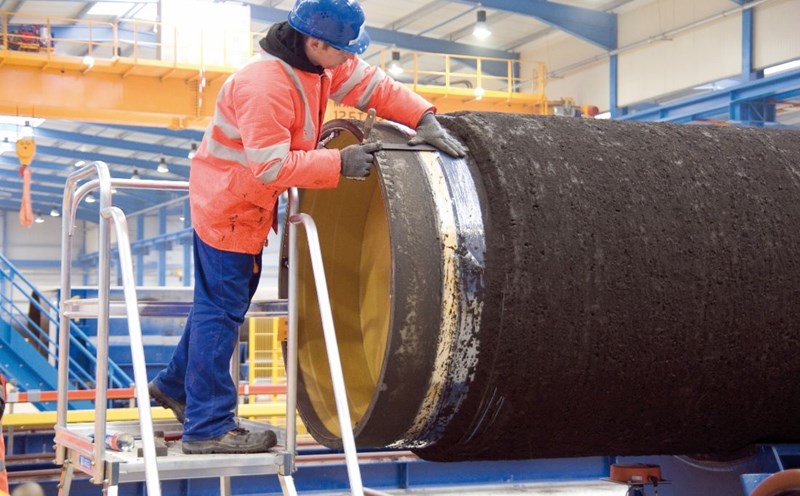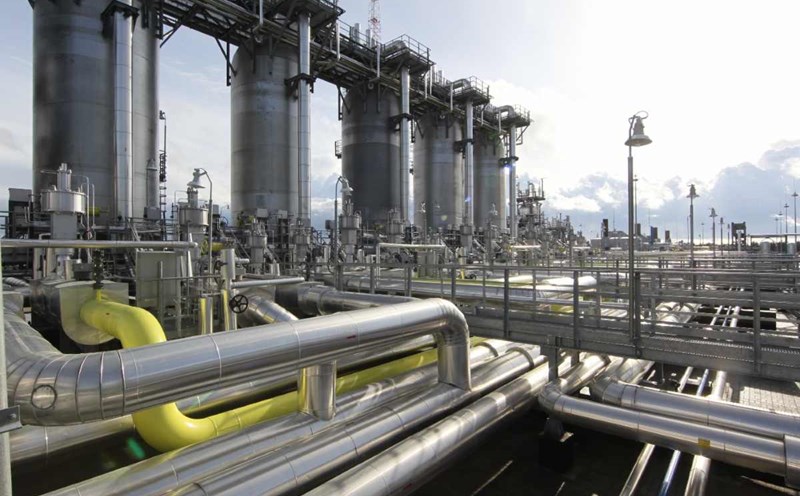According to Euractiv on August 11, the Baltic Power project, located less than 200km from Russia's Kaliningrad region, will install radar and sensor systems right on wind turbines, in response to what Poland described as a "combined threat from Russia".
Baltic Power is expected to be completed in 2026, with 76 turbines capable of supplying electricity to 1.5 million households. But in addition to its energy role, the project is now assigned a military mission: Baltic Sea Monitoring for the NATO alliance.
Marcin Godek, the project's operations and maintenance manager, said the installation of the surveillance device was carried out according to a "requirement list" from the Polish Ministry of Defense.
This decision comes from a series of serious incidents in the area: the Nord Stream gas pipeline explosion, damage to the Balticconnector pipeline and the Est Link 2 cable line, as well as activities suspected to be by drones, strange ships, and signal interference during construction.
Threats to offshore energy infrastructure are completely real. Assets attacked are not only online, but also in practice, said Giles Dickson, CEO of Wind Europe.
Ignacy Niemczycki, Poland's Deputy Minister for EU Affairs, said that the way people view infrastructure has changed completely compared to a year ago.
The West has repeatedly accused Russia of being behind the sabotage of Balticconnector and Est Link 2. Moscow has denied the allegations, saying they are a plot to turn a common incident into evidence.
The Kremlin also criticized NATO's expansion to the East as a provincial act of province-level instability, saying the West was inflating the threat from Russia to increase military spending.
Meanwhile, Western officials have hinted that Russia may have sabotaged the Nord Stream pipeline to undermine European energy security. Russia denied the attack, accusing the US of being behind the blast. The accusation was repeated by investigative journalist Seymour Hersh, citing sources as saying Washington was involved.
With Baltic Power upgraded to a "huge radar station" in the Baltic Sea, NATO's technological and military defense line is getting closer to Russia's strategic gateway.











